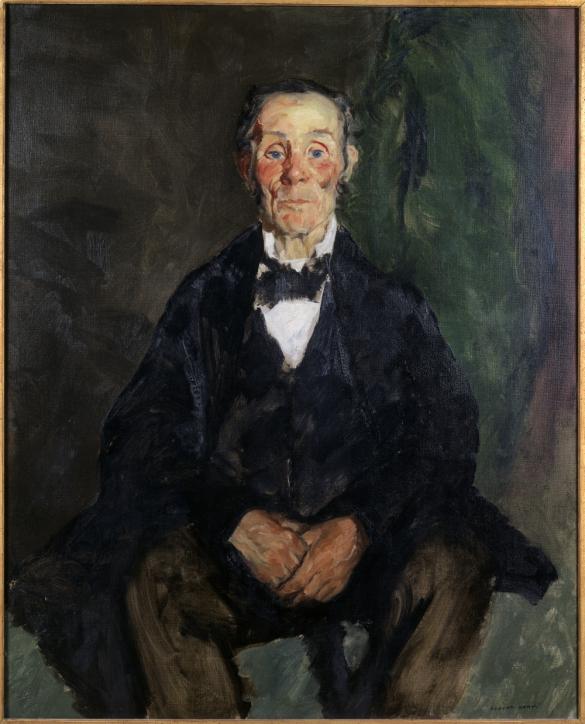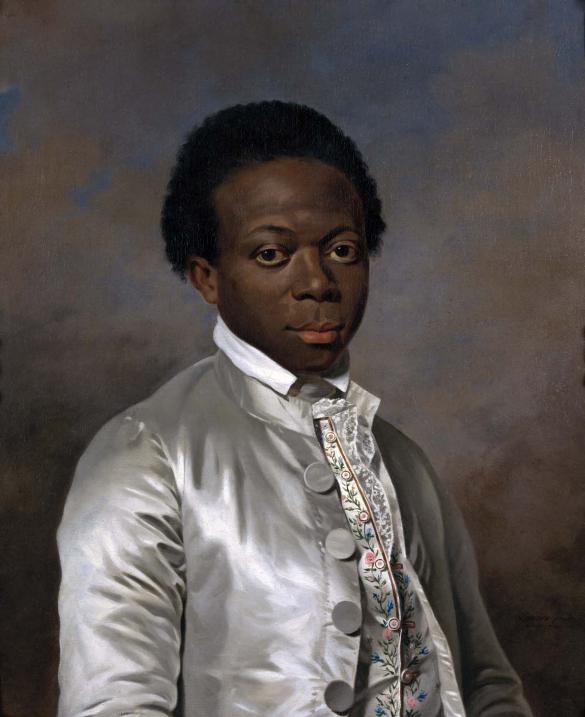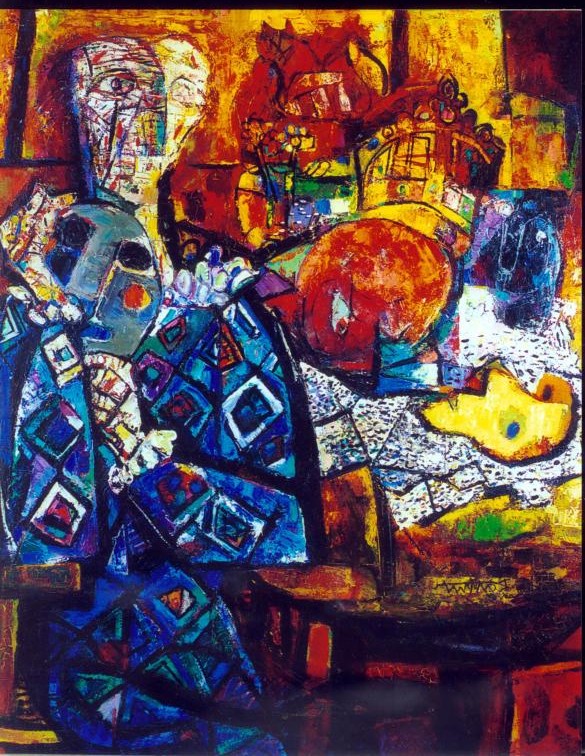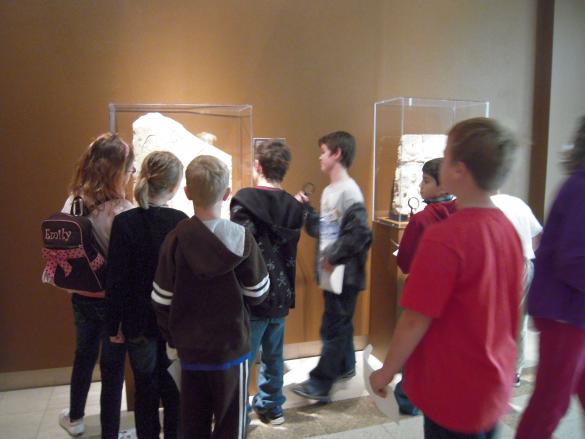
Robert Henri (American, 1865 - 1929), Guide to Croaghan (Brien O’Malley), 1913, oil on canvas, 41 ¼ x 33 in., Purchased with funds from The Cummer Council, AP.1976.1.1.
The artist John Singer Sargent once said, “Every time I paint a portrait, I lose a friend”. What he meant was that his friends thought he painted them too realistically – blemishes and all!

Marie Victoire Lemoine (French, 1754 - 1820), Portrait of a Youth in an Embroidered Vest, 1785, oil on canvas, 25 5/8 x 21 ½ in., Purchased with funds from The Cummer Council, AP.1994.3.1.
Before photography was invented important and wealthy people paid artists to paint their portraits. These portraits provided important clues about lives of these people. Important men may have been shown in uniform, and wealthy people were shown wearing expensive clothes and jewels.

Abraham Rattner (American, 1895 – 1978), Seated Figure in Costume, 1948, oil on masonite, 45 ½ x 37 in., Museum Purchase with funds provided by the Mae W. Schultz Charitable Lead Trust, AP.1991.10.1.
After photography was invented many artists thought there was no need to create a realistic portrait since the camera had that covered. So artists began to explore new ways to create portraits. They experimented with different colors to express feelings. They used different shapes and angles to create portraits. Artists were free to express their own emotions and thoughts.
Spend some time exploring the portraits on exhibition at the Cummer. As you look at each portrait try to answer these questions:
- What is a portrait?
- Why have people throughout history had their portraits made?
- What are the various materials that can be used to create a portrait?
- How does an expressive portrait differ from a realistic portrait?
- How do these portraits inspire you to create a portrait yourself?
You might want to try creating a self-portrait when you go home.
What you’ll need:
- One 8” x 10” piece of paper
- Oil pastels or crayons in a variety of colors
- One mirror, on 8” x 10” picture frame, one photograph of yourself
What you’ll do:
- Set up your studio space. Find a surface that you can make your drawing on where you have access to a mirror.
- Spend a moment looking at yourself in the mirror. Notice the details of your face and placement of your features.
- Using oil pastels or crayons draw your portrait. Don’t draw just what you see in the mirror. Now is the time to be expressive! This is the time to draw how you feel, not exactly how you look. If purple hair, green lips, and large ears are always what you wanted, now is the time to draw yourself that way.
- After you finish your self-portrait, compare it to a photograph of yourself. Which do you prefer? Why?
Check back soon for more inspirational ideas to be found at the Cummer.



